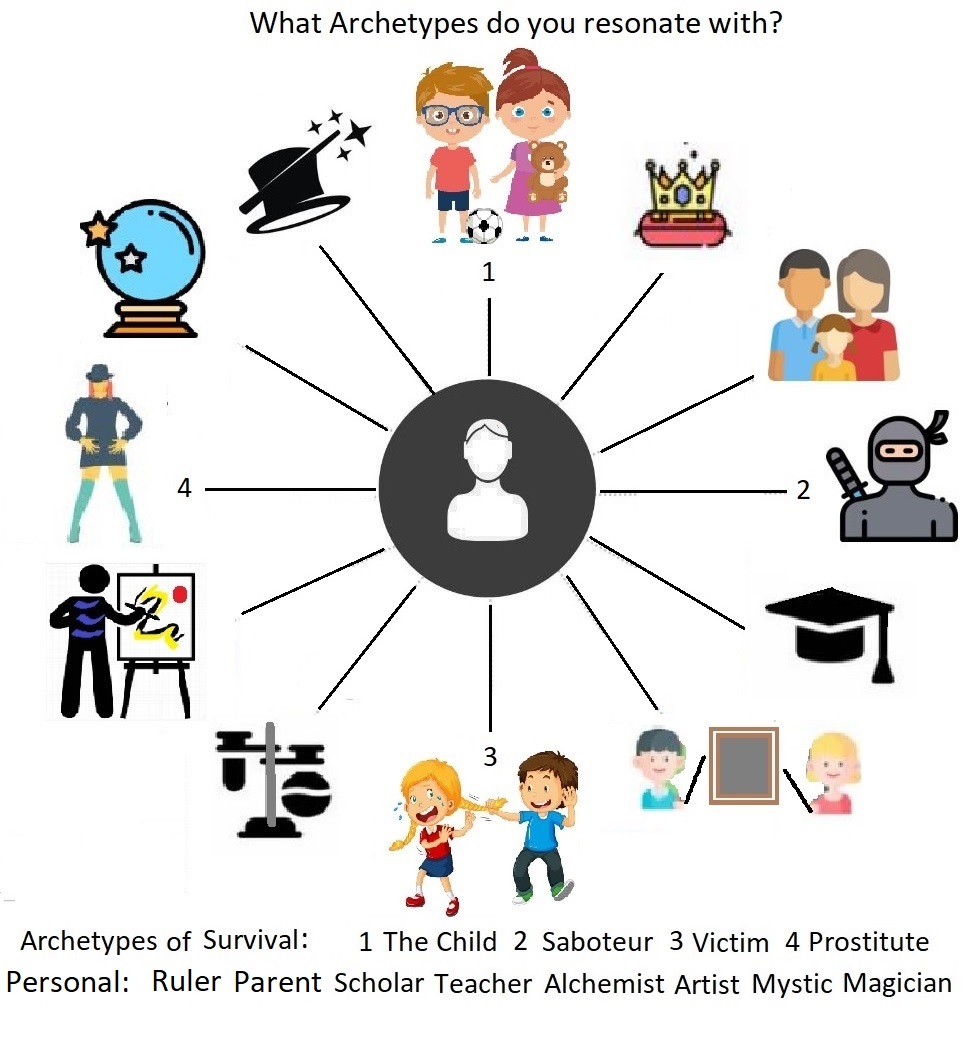The Archetype
A universal, innate portrait that forms as an inner guide and plays a role in influencing human behavior. The Archetype consists of:
- Visual symbols
- Energetic imprints
- Images
- Practices
- Behavioural patterns
- Identities and
- Mythology
The archetype is a repository of a deep instinctive, inherited structure that can be retrieved for our experience; the source of inspiration and instinct.
The concept of the Archetype, found within the collective unconscious mind, implies the existence of a distinct model within the psyche.
‘In addition to our immediate consciousness which contains personal experience of human life, exists an inherited collective, universal, and impersonal nature which is identical in all individuals’. CGJung 1936.
Swiss psychiatrist Carl Jung’s theory proposed that these archetypes were archaic forms of inborn human knowledge carried through ancestral generations. The impersonal collective content consisting of pre-existent form, the archetype, gives a distinct model to certain psychic content. The integration of the CONSCIOUS and the UNCONSCIOUS minds became the foundation of psychological wholeness and harmony in Jung’s practice of modern psychology.
Jung acknowledged that the four main archetypes intermingle and give rise to 12 archetypical figures.
| How do I identify the archetypal energies that affect my life? |
|---|
| The archetypes remain essentially unconscious content until we choose to become aware. |
| To unlock your awareness involves an openness to witness, identify, perceive and transform each archetype. |
| Knowledge, understanding, openness and intuition are key when identifying the particular archetypal energies that play critical roles in our lives. |
| The Archetypes are a source of personal power. Every human being is influenced by the energetics of the Archetypes of Survival. These archetypes symbolize FOUR life challenges as we grow toward wholeness. |
| We each have our own personal archetypes |
| What are your personal archetypes? |
| The list is from the Universal Collective and is INFINITE. |

